
Allocation of Loans to SMEs Detailed
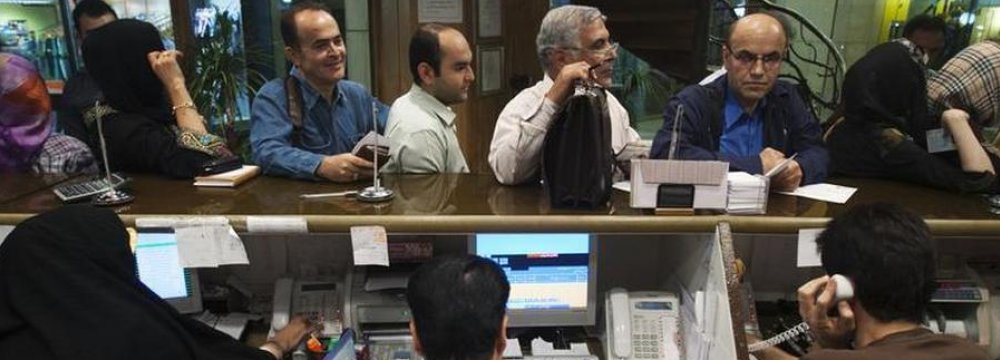
Bank Sepah, Bank Melli Iran and Keshavarzi Bank allocated loans worth 13.53 trillion rials ($322.1 million), 10.25 trillion rials ($244.26 million) and 7.9 trillion rials ($190.1 million) to establish themselves as major lenders to SMEs during the period ending Dec. 3, ISNA reported.
Tejarat Bank, Bank Saderat Iran, Bank of Industry and Mine, Mellat Bank, Refah Bank, Tose’e Ta’avon Bank and Export Development Bank of Iran were the next main loan providers for Iranian SMEs during the period.
While the total number of loan recipients (SMEs and industrial units) during the first nine months of the current fiscal stood at 7,346, more than 3,200 of applicants got their loan from Keshavarzi Bank that doled out the largest number of loans to applicants.
However, according to the government’s stimulus package, banks were supposed to pay out more than 200 trillion rials ($4.76 billion) worth of loans to more than 10,000 industrial units and another 100 trillion rials ($2.38 billion) to 5,000 SMEs during the current Iranian year (started March 21) but the allocated figure is not even close to what was predicted while only three months are left of this year and banks stop giving out loans in the last months of each fiscal.
The banks’ subpar performance in coming up with the funds to boost SMEs made Governor of the Central Bank of Iran Valiollah Seif to call for stricter supervision over how bank loans are allocated to optimize the process of boosting small- and medium-sized enterprises and their productivity.
According to Seif, the share of finance for working capital in productive businesses has increased to 62.8% in the first seven months of the current fiscal year [ending Oct. 22] from 46% some five years ago.
Figures indicate more than 38,580 industrial units and SMEs have asked for loans since the registration process started in July while almost 17,000 have been introduced to agent banks to get a loan.
By definition, enterprises run by under 50 workers and 100 workers are considered small- and medium-sized respectively, according to Iran’s Small Industries and Industrial Parks Organization.
Manufacturing has been in recession for years as a result of sanctions imposed on the economy over Iran’s nuclear program, among other reasons. The economic restrictions blocked Iran’s access to technologies, machinery and raw materials, thereby increasing costs and reducing demand.
The sanctions were coupled with a sharp fall in the price of oil, Iran’s main source of revenues, in 2014. As a result, the government failed to provide financial support for cash-strapped industries to help them emerge out of recession.
That seems to have changed recently, slowly but steadily, as Iran managed to have the sanctions lifted in January 2016, as part of a nuclear deal it clinched with world powers in 2015, in return for limiting the scope of its nuclear works. This paved the way for an inflow of foreign investments.

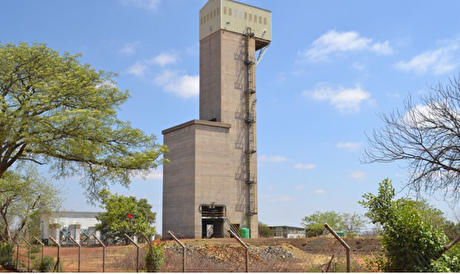
NexMetals receives EXIM letter for potential $150M loan

Lifezone Metals buys BHP’s stake in Kabanga, estimates $1.6B project value

China quietly issues 2025 rare earth quotas

Teck approves $2.4B expansion of Highland Valley Copper
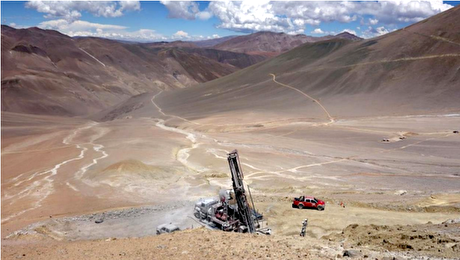
BHP, Lundin JV extends useful life of Argentina copper mine

Gold price eases after Trump downplays clash with Fed chair Powell

BHP delays Jansen potash mine, blows budget by 30%

KoBold signs Congo deal to boost US mineral supply

Northern Dynasty extends losses as it seeks court resolution on Pebble project veto

Gold price could hit $4,000 by year-end, says Fidelity

Southern Copper expects turmoil from US-China trade war to hit copper

Ramaco Resources secures five year permit for Brook rare earth mine in Wyoming

Column: EU’s pledge for $250 billion of US energy imports is delusional

Finland reclaims mining crown as Canada loses ground

Gold price down 1% on strong US economic data
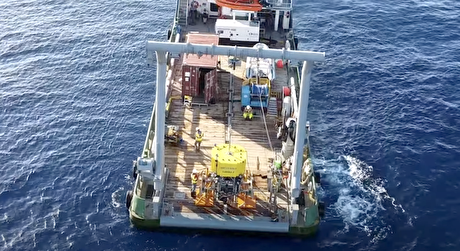
Trump’s deep-sea mining push defies treaties, stirs alarm

Chile’s 2025 vote puts mining sector’s future on the line
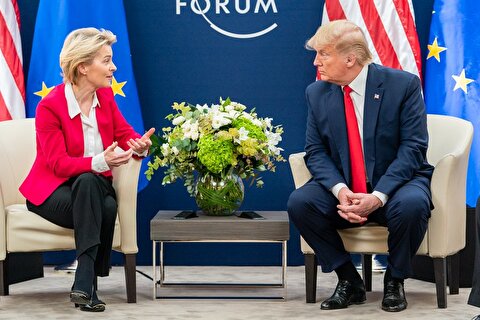
Gold price retreats to near 3-week low on US-EU trade deal
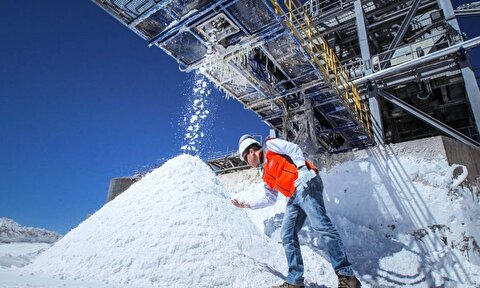
China’s lithium markets gripped by possible supply disruptions

Gold price could hit $4,000 by year-end, says Fidelity

Southern Copper expects turmoil from US-China trade war to hit copper

Ramaco Resources secures five year permit for Brook rare earth mine in Wyoming

Column: EU’s pledge for $250 billion of US energy imports is delusional

Gold price down 1% on strong US economic data

Trump’s deep-sea mining push defies treaties, stirs alarm

Chile’s 2025 vote puts mining sector’s future on the line

Gold price retreats to near 3-week low on US-EU trade deal

China’s lithium markets gripped by possible supply disruptions















